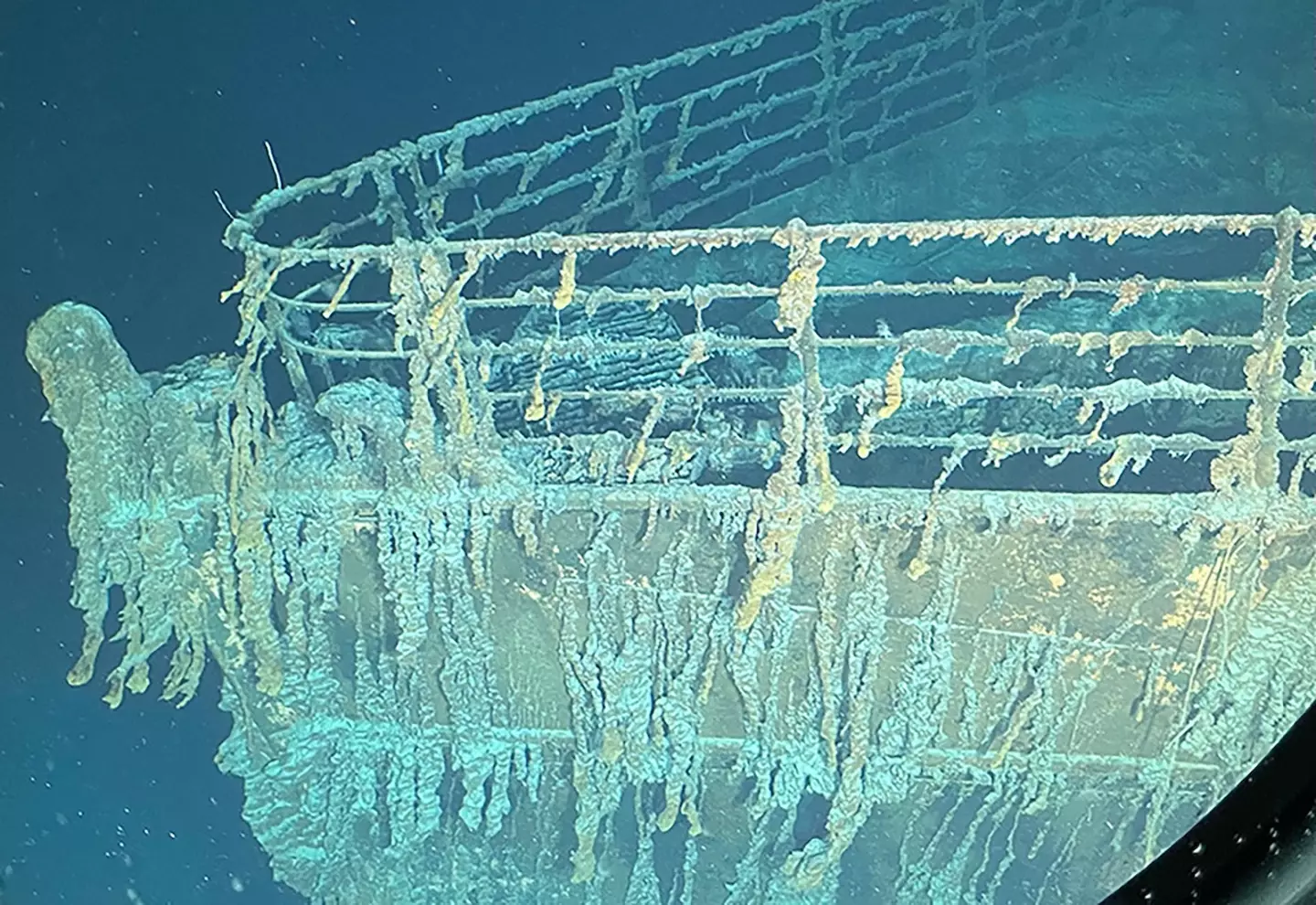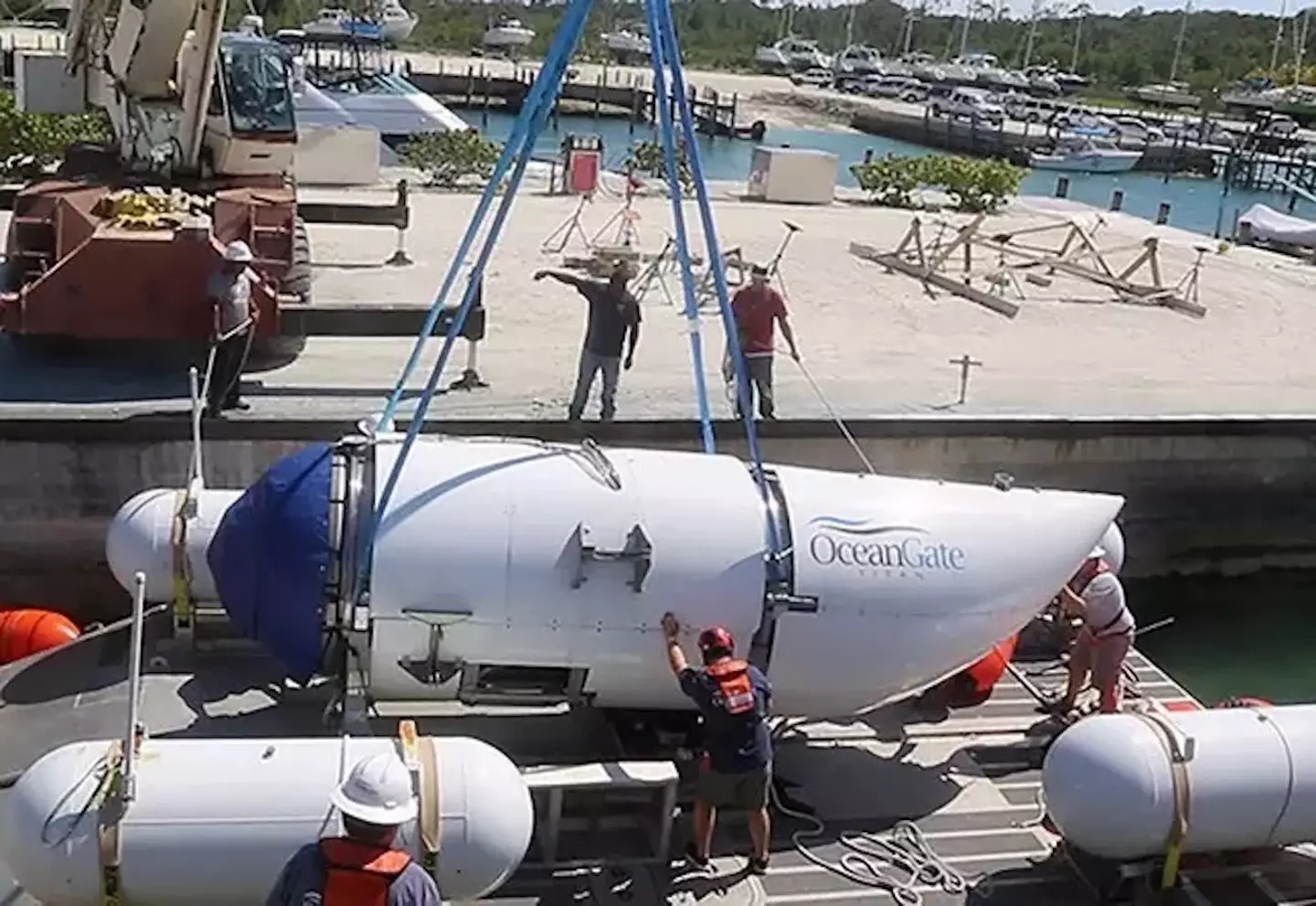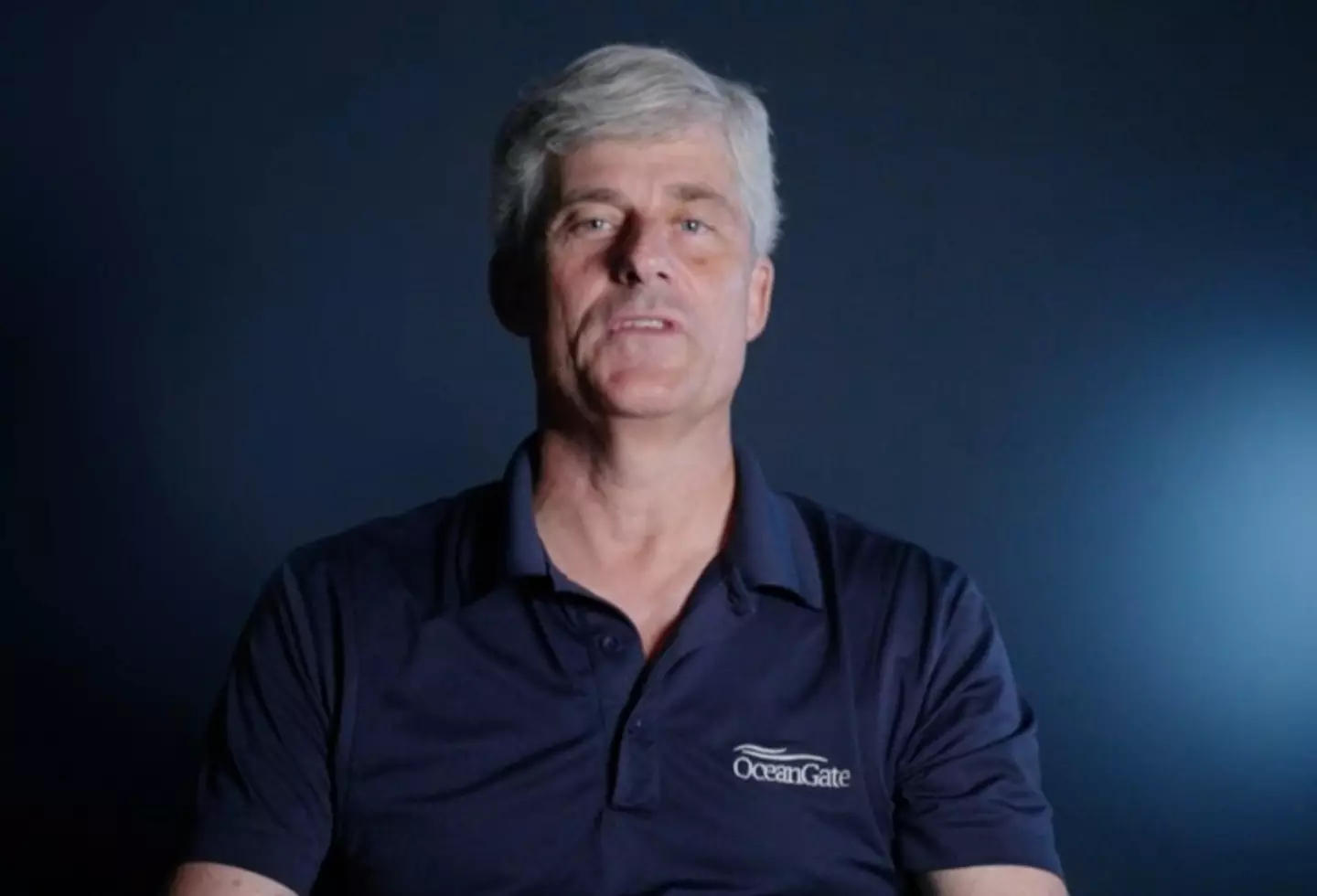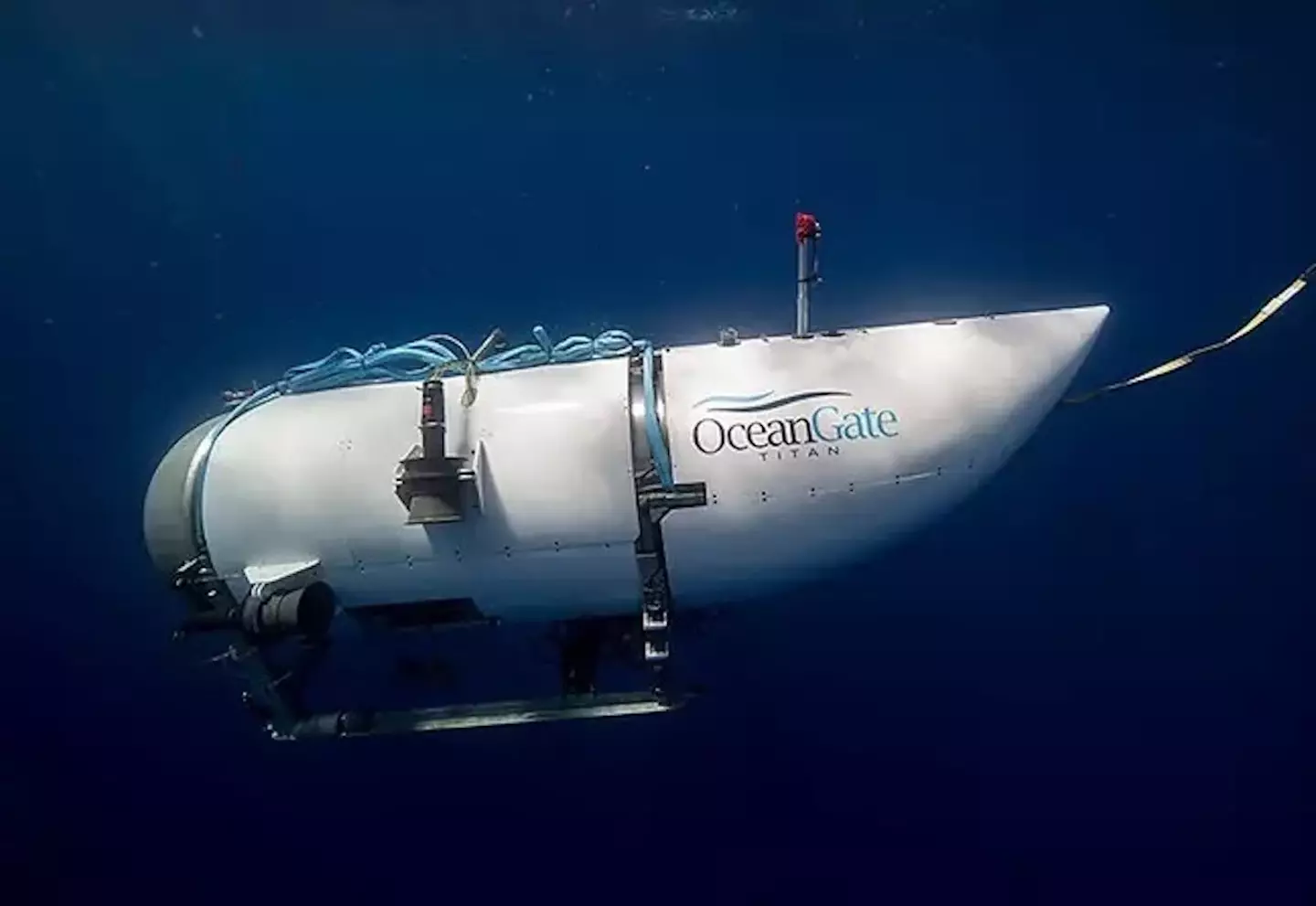OceanGate founder Stockton Rush dismissed a 'really loud bang' on a previous Titanic sub trip.
OceanGate Expeditions - a company that takes people to visit the wreck of the Titanic - confirmed that the five men on board the missing Titan submersible had died on June 22.
In a statement, the company said: "We now believe that our CEO Stockton Rush, Shahzada Dawood and his son Suleman Dawood, Hamish Harding, and Paul-Henri Nargeolet, have sadly been lost."
Advert

The group of five set off from St. John's, Newfoundland, Canada on 16 June.
Sadly, OceanGate lost contact with the submersible 90 minutes into its descent on 18 June.
"Our hearts are with these five souls and every member of their families during this tragic time. We grieve the loss of life and joy they brought to everyone they knew," OceanGate added.
In a 2022 episode of BBC’s The Travel Show, Rush was filmed speaking to passengers - some of whom seemed nervous about their upcoming trip.
He mentioned that a crew member heard a 'really loud bang' when they got to the surface, but insisted that 'almost every deep-sea sub makes a noise at some point'.
Elsewhere in the programme, Rush said: "There will be a time where people will go to space at much less cost and I think the same thing's going to happen when going underwater. It's going to get less expensive and much more accessible."
While it remains unclear what caused the noise, some believe that the design of the Titan submersible could have led to its implosion.

Dr Jasper Graham-Jones, Associate Professor in Mechanical & Marine Engineering at Plymouth University, said: "The US coastguard detailed the wreckage was found 1600ft from Titanic’s bow in five pieces.
"These include critical forward and rear sections of the subs pressure bulkhead.
"Normally, such craft pressures’ bulkhead are round like a ball as it provides strongest shape.
"To increase passenger numbers the Composite craft was extended.

"This increases loads in mid sections above normally seen in the rounded end.
"Imagine an eggshell, that can withstand high loads but is very brittle if bent.
"Extending the cabin pressure longitudinal bulkhead puts increased fatigue and delamination loads.
"Fatigue is where you can bend a wire backward and forward and then break under lower load.
"Delamination is like splitting wood down the grain of a log, easier to do than chopping across the grain.
"The debris field of multiple small parts show the catastrophic and rapid failure of the sub which has imploded extremely quickly."

"This craft has lasted 25 runs down to Titanic and back to the surface. Each return run would put cracks in the pressure bulkheads," the professor added.
"This might be small and undetectable to start but soon become critical and produce rapid and uncontrollable growth.
"The loading and critical crack size is basic standard engineering taught to all Engineering students."
LADbible has contacted OceanGate for comment.
Topics: Titanic, Titan Submersible